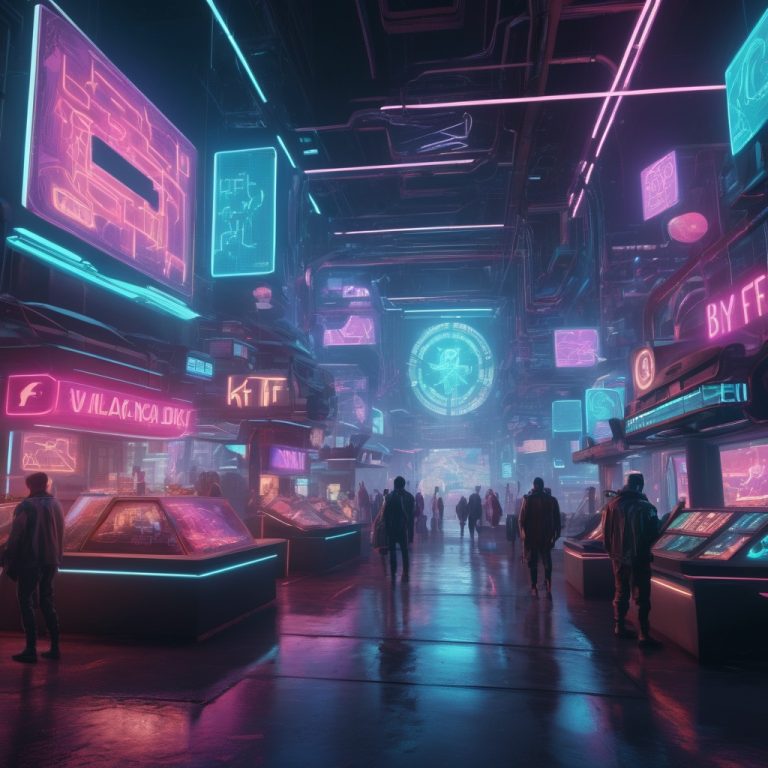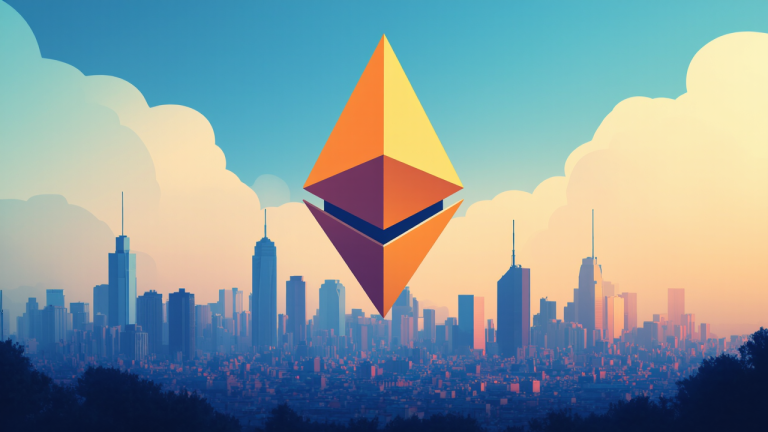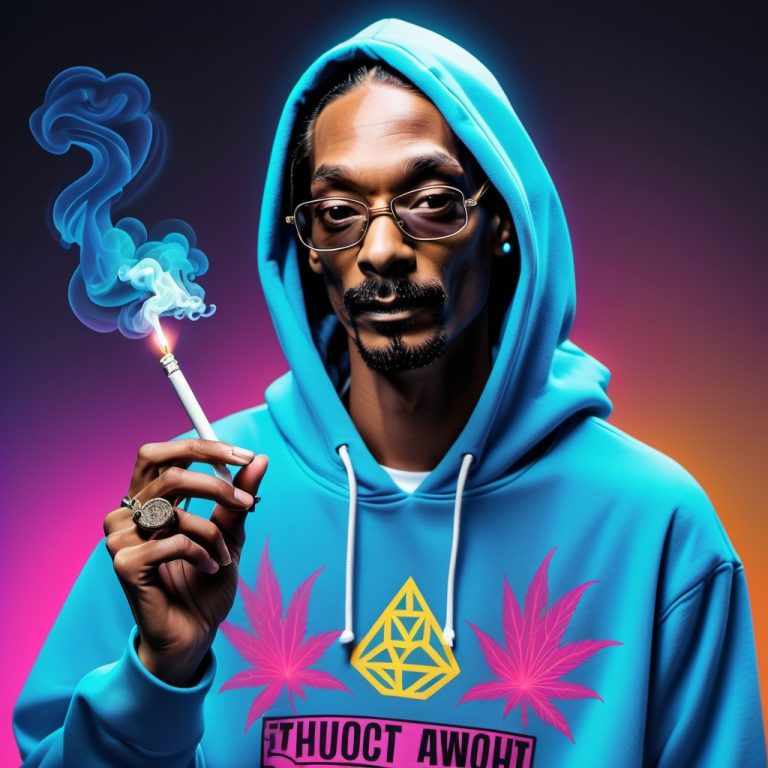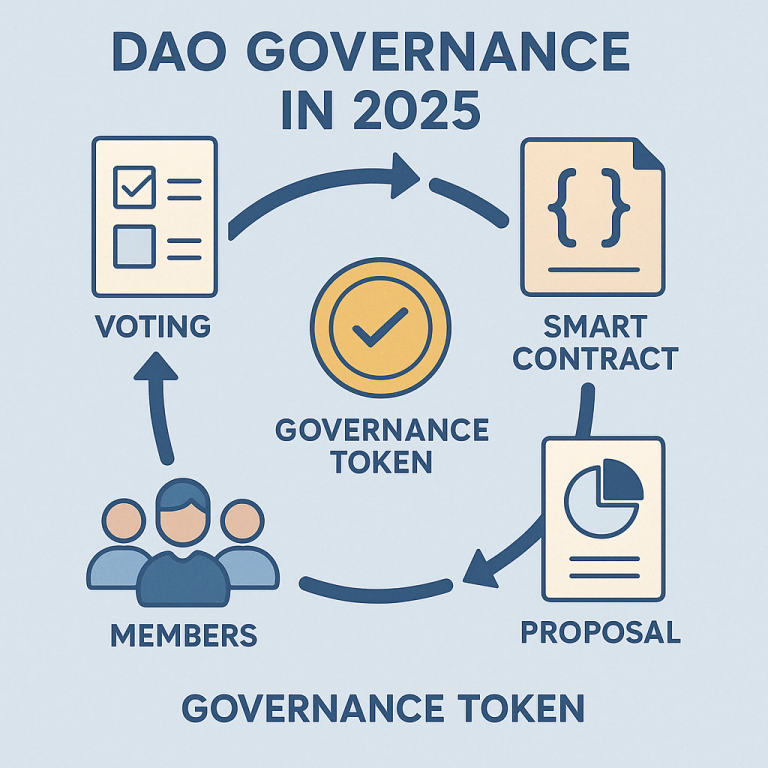NFT Flipping in 2025: Strategies, Platforms & Risks for Resellers
NFT flipping is back in 2025 — faster and smarter. Discover how traders buy, sell, and profit from digital assets using analytics, platforms like Blur, and real-world flipping strategies.





